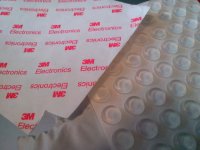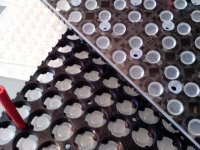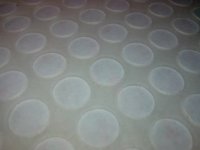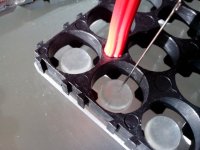snath said:
HOLY WATTHOURS BATMAN!! IT'S, IT'S, ANOTHER SNATH PACK!!
Wow! Thanks so much for coming up with this and sharing. I really really wish the batteries I purchased were built like this. Now that I have one useless 48V 9Ah pack that I'm sure has good cells, and 2 larger dead packs from a friend that might have recoverable cells, I'm going to try to build something like this. Even if I fail to recover any cells from the existing packs, I'll order new cells individually. Some questions on materials:
How would this plain .2mm x 8mm nickel strip work instead of copper?
https://www.amazon.com/Meters-Support-20a-30a-Current-Welding/dp/B019QCB8V2
Two reasons for this: I can't find any copper strip on Amazon, and I don't have to worry about an oxide layer developing.
How about this neoprene strip for the compression layer?
https://www.amazon.com/RUBBER-STRIP-wide-thick-feet/dp/B00D89IUN4
And here are the holders I picked out:
https://www.amazon.com/gp/product/B011HFLFEG
I'm going to try to find the plastic rods, tap, screws, and plexiglass at a hardware store because I have no idea how big I want them to be, but if someone else has used those exact holders and knows for sure, that'd be helpful!
On disassembling my existing packs: I know there is info I haven't found yet on this forum on how to do this, does anybody have links on hand? Assuming I can even separate them from the old packs, I know I have to charge them up, then measure their total capacity and internal resistance. I have the charger, but it'd be nice to be able to measure the capacity of several cells in parallel so I don't have to do this 56 times (I intend to build a 14s4p pack).





